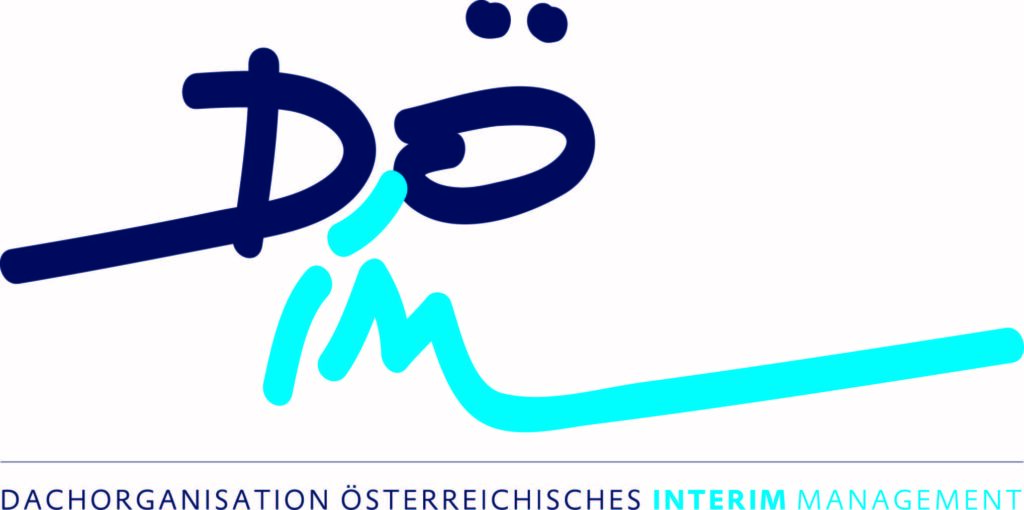
Interim CIO: Dr. Claus Michael Sattler
KI Old wine in new barrels
A critical view

AI Old wine in new barrels? Nowadays, artificial intelligence (AI) seems to be omnipresent. But is AI really as revolutionary as is often claimed, or is it more a case of old wine in new barrels? This article takes a critical look at the current AI hype and examines the extent to which modern AI technologies actually offer something new.
The AI hype and its historical roots
The current boom in artificial intelligence gives the impression that it is a completely new technology. However, the foundations of many concepts marketed today as “AI” actually go back decades [source: 3]. The essential foundations for today’s AI systems were laid back in the 1990s and in some cases even earlier.
This raises the question: Is AI – old wine in new barrels? Or do modern AI technologies actually offer groundbreaking innovations?
What is really new about modern AI?
A closer look reveals that only one aspect of current AI tools is really new: the so-called transformers [source: 3]. These form the basis for large language models such as GPT and are responsible for the “T” in ChatGPT.
Almost all other technologies that are summarized under the term AI today are based on much older concepts:
- Neural networks were developed back in the 1940s
- Basic machine learning algorithms date back to the 1960s
- Expert systems reached their peak in the 1980s
The main difference to the past is that these technologies have become significantly more powerful, faster and more suitable for everyday use thanks to increased computing power and larger data volumes.
AI Old wine in new barrels?
In view of this historical continuity, the question arises: is the current AI hype just AI old wine in new barrels? The answer is not clear.
On the one hand, many AI applications marketed as revolutionary are actually based on long-established principles. The inflationary use of the term “AI” for sometimes simple automations reinforces the impression that this is often old wine in new barrels [source: 3].
On the other hand, the enormous advances in computing power, data availability and algorithms in recent years have led to capabilities that were previously unthinkable. In particular, large language models such as GPT-3 demonstrate performance that goes far beyond previous AI systems.
Critical perspectives on the AI discourse
In order to better understand the current AI discourse, it is worth taking a look at critical analyses on the topic of “future skills” and “AI skills”.
Professor Marco Kalz from the Heidelberg University of Education argues that many of the “future skills” or “AI skills” that are being promoted as new are actually well-known skills in a new guise [source: 1]. He criticizes the inflation of ever new competence terms and instead advocates a focus on basic, evidence-based variables such as problem solving, metacognition and collaboration [source: 1].
This perspective can also be applied to the AI discourse: instead of constantly proclaiming new “AI revolutions”, it would make more sense to focus on the actual changes and challenges that AI technologies bring with them.
Ethical challenges: Not new, but more pressing
One area in which AI is actually opening up new dimensions is ethical issues. It is true that machines themselves have no conscience and cannot act unethically [source: 4]. However, the decisions that humans make in the development and use of AI systems can very well raise ethical issues.
Biased data, discriminatory algorithms or the misuse of AI technologies for manipulation and disinformation are real dangers [source: 4]. These challenges are not fundamentally new, but are becoming more explosive due to the increasing spread and performance of AI systems.
AI Old wine in new barrels or genuine innovation?
To summarize: AI is neither completely old wine in new barrels nor a completely revolutionary technology. As is so often the case, the truth lies in the middle.
Many of the basic principles of today’s AI systems are actually decades old. The inflationary use of the term “AI” for sometimes simple automation systems certainly justifies the critical question of whether it is often a case of old wine in new barrels.
At the same time, the enormous technological advances of recent years have led to AI capabilities that were previously unthinkable. In particular, large language models such as GPT-3 demonstrate performance that goes far beyond previous AI systems.
Conclusion: Sober observation instead of hype
Instead of blind hype or blanket rejection, we need to take a differentiated view of AI technologies. It is neither pure old wine in new barrels, nor an all-revolutionizing wonder weapon.
It makes sense to take a sober look at the actual possibilities and limitations of modern AI systems. It is important to consider both the historical continuity and the new dimensions of current AI technologies.
This is the only way to exploit the opportunities offered by AI and at the same time adequately address the associated ethical and social challenges. AI may be old wine in new barrels – but the new hose certainly makes a difference.
Sources
- https://www.static.tu.berlin/fileadmin/www/10005328/Ressourcen/dghd_futureskills-kalz-2023.pdf
- https://www.youtube.com/watch?v=uUIz1VV4Mqw
- https://www.golem.de/news/alles-ist-ki-alter-wein-in-neuen-schlaeuchen-2411-190394.html
- https://www.embarc.de/roewekamp-ki-ethik/










